Steelhead Stirling Engine Stove Fan: Must Have Accessory
- November 9, 2023
- 0 comment
In my search for the perfect home heating solution, I discovered the Steelhead Stirling Engine Stove Fan, a remarkable blend of engineering and efficiency. Unlike standard stove fans, this heat-powered stove fan uses advanced Stirling engine technology to circulate warmth efficiently and quietly. Among the many options I’ve tried, the Warpfive Steelhead Stove Fan stands out for its precision craftsmanship and eco-friendly design. Let me take you through its features and explain why this handcrafted stove fan has earned its place as a must-have for maximizing home heating efficiency.
Performance Metrics
- Operating Temperature Range: The Steelhead operates effectively between 110°C and 450°C (230°F to 842°F), a significantly broader range than most competitors. This versatility ensures optimal functionality across various stove types, from wood to coal.
- Air Circulation: With an ability to move over 320 CFM of air, the Steelhead ranks high in its category. In comparison to other models, this represents a superior air displacement capability, crucial for efficient heat distribution.
- Noise Level: At a mere 12dB, the Steelhead operates almost silently, a notable advantage over its noisier counterparts.
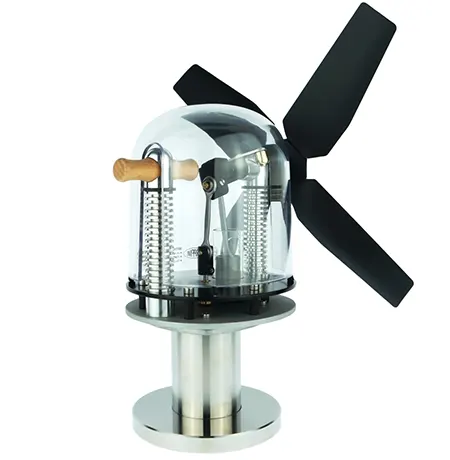
Design and Build Quality
The Steelhead Stirling Engine Stove Fan combines classic design elements with modern engineering to create a visually stunning and highly efficient heating accessory. Its sleek, streamlined look enhances the cozy ambiance of any room, while its large, 4-blade design (measuring 285 mm in diameter) is meticulously crafted to maximize air circulation even at lower revolutions per minute (RPM). This thoughtful design ensures not only effective heat distribution but also a fan that complements the aesthetics of your space.
A standout feature is the clear dome dust cover, which not only protects the intricate Stirling engine but also adds a touch of sophistication by showcasing its mechanical precision. This unique addition highlights the fan’s commitment to both functionality and craftsmanship.
Detailed Specifications
- Overall Height: Standing at 325 mm (12.8 inches), the fan’s height allows it to efficiently capture heat from the stovetop, optimizing its thermal performance.
- Base Dimensions: The compact base measures 110 mm (4.3 inches), ensuring stability on most stove surfaces without occupying excessive space.
- Weight: At 1.8 kg (3.97 lbs), the fan has the ideal weight for stability while remaining easy to reposition when necessary.
- Fan Diameter: The large 285 mm (11.2 inches) diameter ensures a significant volume of air movement, translating to effective and consistent room heating.
Superior Build Quality
The Warpfive Steelhead Stirling Engine Stove Fan is built with high-quality materials that make it durable and reliable:
- Aluminum: Lightweight and rust-resistant, aluminum keeps the fan strong without making it heavy. It’s perfect for a fan that’s easy to handle and long-lasting.
- Brass and Stainless Steel: These materials are used in important parts of the fan. Brass helps with heat transfer, making the Stirling engine work more efficiently. Stainless steel is strong and rust-proof, so the fan stays in good shape for years.
- Borosilicate Glass: This special glass doesn’t crack under heat, making it safe to use on hot stoves. It also protects the fan and ensures smooth performance.
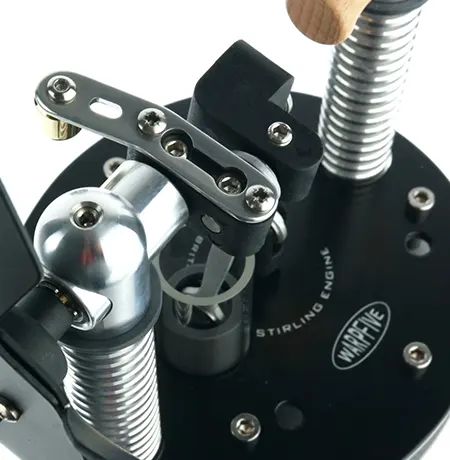
Innovative Engineering
The Warpfive Steelhead doesn’t just excel in its visual appeal and material quality; it also showcases innovative engineering:
- Bearing Cartridge System: This feature reduces friction, helping the fan run more smoothly and last longer. It also makes cleaning and maintenance easier.
- CNC Aluminum Posts: These specially designed aluminum posts improve how the fan transfers heat, ensuring it uses warmth efficiently to power its operation.
- Composite Crank: A lightweight, shortened crank boosts the fan’s speed and power, helping it circulate air more effectively. This design is a big part of why the fan works so well.
- Beech Wood Handle: The handle isn’t just stylish; it’s made from durable wood and is easy to grip, blending beauty with functionality.
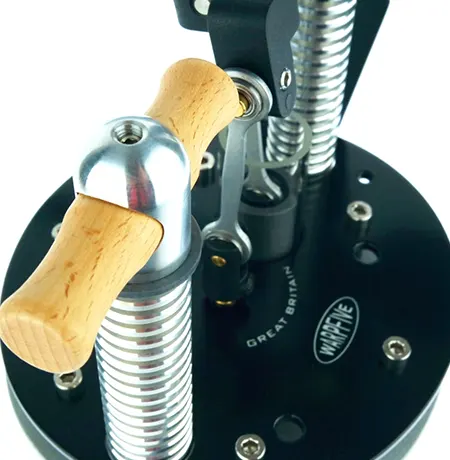
Comparisons and Context
When considering other models like the Ecofan or the Voda stove fan, the Steelhead’s unique Stirling engine technology gives it an edge in terms of reliability and efficiency. Unlike electric fans, it requires no external power source, making it more eco-friendly and cost-effective in the long run.
Pros and Cons
Pros:
- Efficient Heat Distribution: With its large 4-blade design, the fan is capable of moving over 320 cubic feet per minute of air, promoting efficient heat distribution throughout the space.
- Low Operating Sound: The fan operates quietly, typically around 12 dB, making it less intrusive than other models that can contribute to noise pollution in a peaceful home environment.
- No Electrical Components: As a Stirling engine-powered device, it uses heat as fuel, eliminating the need for electricity and making it eco-friendly.
- Wide Operating Temperature: It starts at a temperature as low as 110°C (230°F) and can handle stove top temperatures up to 450°C (842°F), making it versatile for different heat sources.
- Durability: Constructed with high-quality materials such as aluminum, brass, and stainless steel, it is built to last and withstand high temperatures.
- Maintenance Kit Included: The inclusion of a maintenance kit suggests ease of upkeep for longevity and sustained performance.
- Elegant Design: The clear dome and stylish build make it not just a tool, but a conversation piece that adds to the aesthetic of a home.
Cons:
- Cost: High-quality materials and sophisticated engineering may reflect a higher price point compared to simpler electric fans.
- Size and Space: The large blade size (285mm diameter) and the overall dimensions may require a sizable flat space on top of the stove, which may not be available in all setups.
- Heat Dependency: While using heat as a power source is eco-friendly, the fan’s performance is directly tied to the stove’s temperature, which may vary.
- Complexity for Some Users: The Stirling engine, while fascinating, might be more complex to understand and operate for some users compared to standard electric fans.
- Limited Availability: Being handcrafted in the UK might limit availability in some markets or may incur additional shipping costs and time for international buyers.
- Visual Intrusiveness: While the design is elegant, its distinctive look may not blend with every interior décor style, especially in more traditional settings.
Decision-Making Factors
Based on my expertise, the key factors in choosing a stove fan are efficiency in heat distribution, operational noise, and durability. The Steelhead excels in all these areas, making it an outstanding choice for those seeking a balance of performance and longevity. Its ability to operate at a low start-up temperature and high CFM output makes it particularly effective in larger rooms where even heat distribution is crucial.
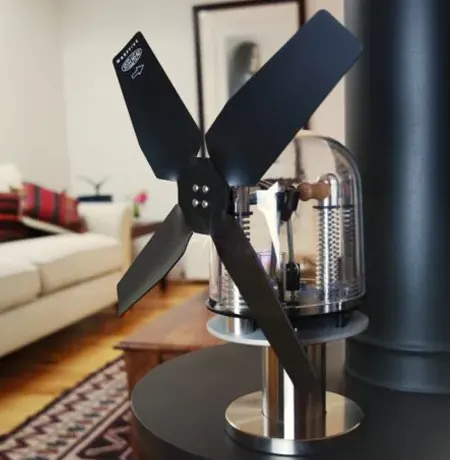
Ideal Uses
The Stirling Engine Wood Stove Fan is ideally suited for a range of uses that capitalize on its unique strengths and features. Here are some ideal scenarios for its application:
- Optimal Heating in Living Space: Its capability to move a significant volume of air (over 320 CFM) makes it perfect for large living areas where consistent temperature distribution is desired. It can help circulate warm air from the stove throughout the room, reducing cold spots and creating a more comfortable living environment.
- Eco-Friendly Households: For those looking to reduce their carbon footprint, the Steelhead’s operation without electricity and its efficient use of the stove’s heat for fuel align perfectly with eco-friendly principles.
- Off-Grid Living: In areas without reliable access to electricity, the Steelhead fan is invaluable. It can operate solely on the heat generated by a stove, making it ideal for off-grid homes, cabins, or even during power outages.
- Wood Burner Efficiency: Homeowners who use wood burners, multi-fuel, or coal stoves and seek to enhance their fuel efficiency will find the Steelhead’s ability to reduce fuel usage by up to 22% a significant advantage.
- Aesthetically Conscious Settings: The fan’s elegant design with its clear dome and combination of stainless steel, aluminum, and brass makes it a visually appealing addition to any room. It’s suitable for those who appreciate a blend of form and function in their appliances.
- Cold Climate Regions: In colder climates, where stoves are used extensively, the Steelhead fan can be a game-changer by improving the heat spread from the stove, thus warming up spaces faster and more evenly.
- Historical or Rustic Homes: Owners of historical or rustic homes who want to maintain an old-world charm while benefitting from modern efficiency will appreciate the traditional look of the Stirling engine combined with contemporary performance.
- Hobbyists and Technophiles: The intricate workings of the Stirling engine are on display with this fan, making it appealing for those who have an interest in mechanical devices and wish to observe the engine in action as part of their home decor.
- Workshops or Garages: For those who use wood-burning stoves to heat their workshops or garages, the fan can help to quickly disperse the heat throughout the space, making it more comfortable to work in during the colder months.
Considering these ideal uses, the Warpfive Steelhead Stirling Engine Stove Fan is not only a functional piece of heating equipment but also an intriguing device that merges efficiency with the pleasure of viewing mechanical art in motion.
Maintainance
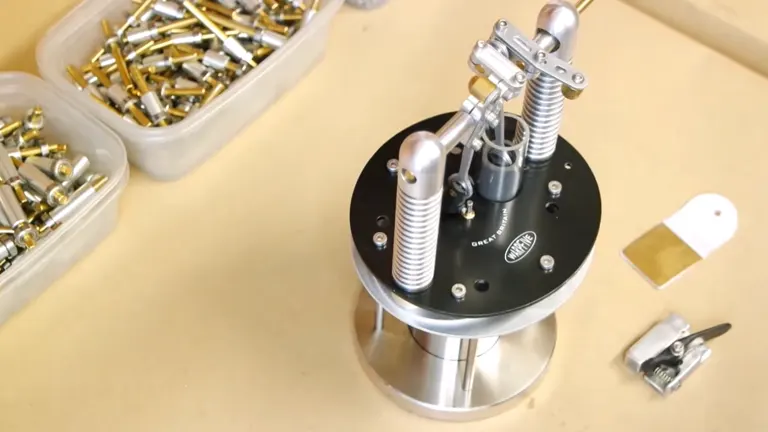
Maintaining the Stirling Engine Wood Stove Fan is crucial to ensure its longevity and optimal performance. Given its high-quality build and materials, the maintenance required is relatively minimal, but it is important to follow the manufacturer’s recommendations and use the maintenance kit included with the fan. Here are some general maintenance tips for the Steelhead Stove Fan:
Regular Cleaning
- Dust Cover: Utilize the clear dome dust cover provided when the stove is not in use to prevent dust accumulation on the engine and fan blades.
- Fan Blades and Base: Wipe the fan blades and base with a dry, soft cloth to remove dust. If necessary, a damp cloth can be used, followed by a dry one to prevent any moisture from remaining.
Lubrication
- Moving Parts: Periodically check and lubricate the moving parts of the Stirling engine as per the instructions provided in the maintenance kit. This may include the piston, flywheel, and other bearings to ensure smooth operation.
Inspection
- Wear and Tear: Regularly inspect the fan for any signs of wear and tear, particularly before and after the heating season. Pay close attention to the fan blades, engine, and base.
- Secure Fittings: Ensure that all screws and fittings are tight and secure to prevent any rattling or shaking during operation.
Safe Operation
- Operating Temperature: Always make sure that the fan is operating within the recommended temperature range to avoid overheating the engine.
- Handling: Use the beech wood handle for safe handling when moving the fan, especially when it is hot.
Storage
- Off-Season: During warmer months when the fan is not in use, store it in a cool, dry place. If possible, keep it in its original packaging to prevent any accidental damage.
Professional Servicing
- Complex Issues: For any complex issues that cannot be resolved with the maintenance kit, it’s recommended to seek professional servicing or contact the manufacturer for advice.
By adhering to these maintenance practices, you can help ensure that your Warpfive Steelhead Stirling Engine Stove Fan remains in excellent working condition, providing efficient heat distribution and a touch of elegance to your stove for years to come.
Recommendation
Considering its superior performance in key areas like air circulation efficiency, noise level, and build quality, the Warpfive Steelhead is my top recommendation for anyone looking to enhance their wood stove experience. Its craftsmanship and eco-friendly operation are not only good for your home environment but also for the planet.
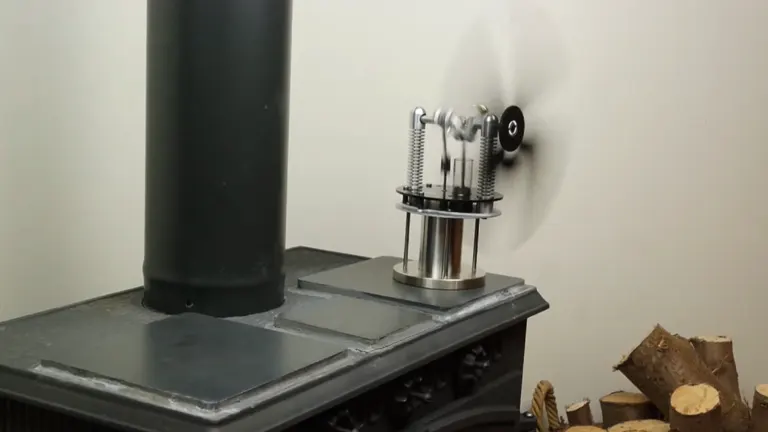
In conclusion, the Warpfive Steelhead Stirling Engine Stove Fan is a standout product in its category, balancing performance, quality, and sustainability. Whether you’re a seasoned wood stove user or new to this heating method, the Steelhead is an investment that promises to elevate your experience significantly.
We hope this deep dive into the Warpfive Steelhead has illuminated its capabilities and how it could become an integral part of your home heating solutions. Your engagement is important to us, and we’d love to hear your thoughts. Have you used a Stirling engine stove fan before? Do you have insights or experiences with the Warpfive Steelhead that you’d like to share?
Your comments enrich the conversation and help others make informed decisions, so please, share your thoughts below. If you found this information helpful, we’d be grateful if you’d consider sharing it with friends or family who might also benefit from learning about the Warpfive Steelhead’s innovative approach to stove-top heating.
Thank you for your time, and we look forward to your valuable feedback!
FAQs
- How does the Warpfive Steelhead Fan work without electricity?
The Steelhead Fan is powered by a Stirling engine, which operates on the principle of heat differential. As the base of the fan heats up from the stove, the engine converts this heat energy into kinetic energy to turn the blades, effectively circulating warm air without the need for electrical power. - Can the Steelhead Fan be used on any type of stove?
Yes, the fan is designed to work on wood burners, multi-fuel, or coal stoves, as long as the surface temperature is within the operating range of 110°C to 450°C (230°F to 842°F). - What makes the Warpfive Steelhead more effective than a traditional electric fan?
The Steelhead is specifically designed to circulate hot air throughout the room more efficiently, using only the heat from your stove as fuel. This not only saves on electricity but also enhances the efficiency of your stove by distributing heat faster and more evenly. - Is the fan loud when operating?
No, the Warpfive Steelhead is exceptionally quiet, operating at around 12dB, which is quieter than a whisper. This makes it ideal for maintaining a peaceful home environment. - How do I clean the Borosilicate glass dome?
The glass dome can be cleaned with a soft cloth and a mild detergent if necessary. Make sure to clean it when the fan is cool to avoid thermal shock. - Will the fan start automatically?
Yes, once the base temperature reaches the start-up threshold of 110°C (230°F), the fan will begin to turn on its own. As the stove heats up, the fan’s speed will increase accordingly. - Can the Steelhead Stove Fan overheat? What should I do if this happens?
The fan is built to withstand high temperatures, but if the stove exceeds the maximum temperature of 450°C (842°F), it’s important to remove the fan from the stovetop to prevent damage. The included maintenance kit provides instructions for handling such situations. - How does the maintenance kit aid in the fan’s upkeep?
The maintenance kit includes tools and instructions for routine checks and basic repairs, such as lubrication of moving parts, which can be done at home to ensure the fan operates smoothly over time. - Is it difficult to assemble the Warpfive Steelhead Fan?
The fan comes fully assembled, so no additional assembly is required. Simply place it on your stovetop, and it’s ready to use. - What should I do if my fan is not spinning as fast as it used to?
Check to ensure that the fan is clean and free from dust build-up. If the issue persists, use the maintenance kit to lubricate the moving parts according to the manufacturer’s instructions. If the problem continues, contact the manufacturer for further assistance. - Can the fan be used during all seasons?
While the fan is designed for use with stoves during the colder months, it can also be used in any season as long as the stove is in operation and the surface temperature is within the fan’s operating range.

David Murray
Forestry AuthorI'm David Murry, a forestry equipment specialist with a focus on chainsaw operation. With over 13 years of experience, I've honed my skills in operating and maintaining a wide range of machinery, from chainsaws to log splitters. My passion for the outdoors and commitment to sustainable forestry drive my work, which emphasizes safety, efficiency, and staying updated with industry advancements. Additionally, I'm dedicated to sharing my expertise and promoting environmental awareness within the forestry community.

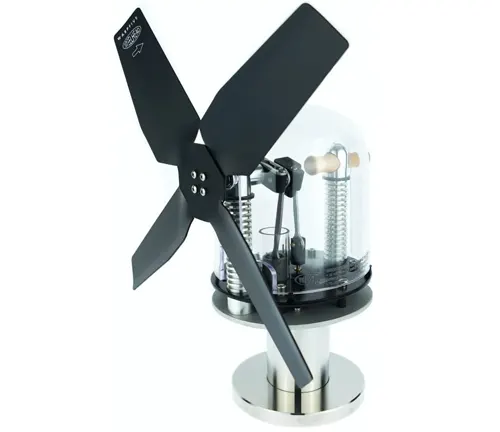
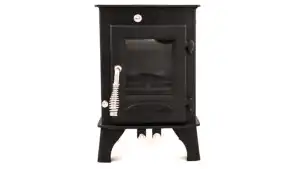
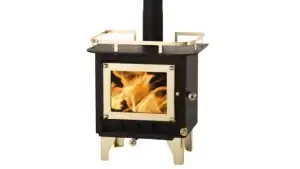


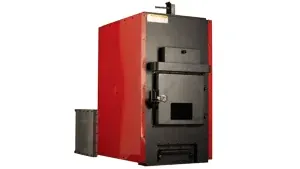
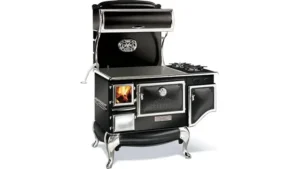
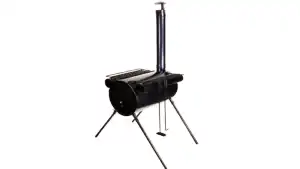
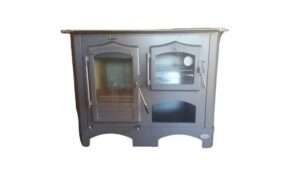
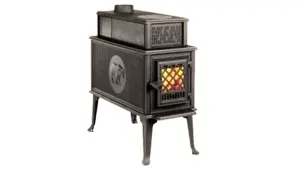
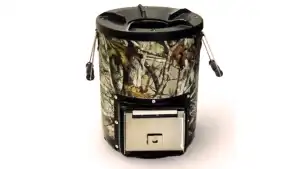
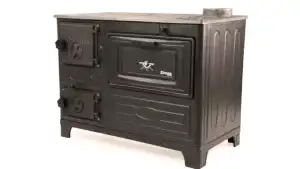
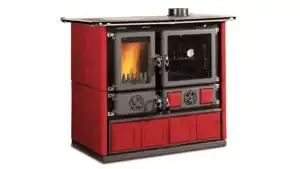
Leave your comment